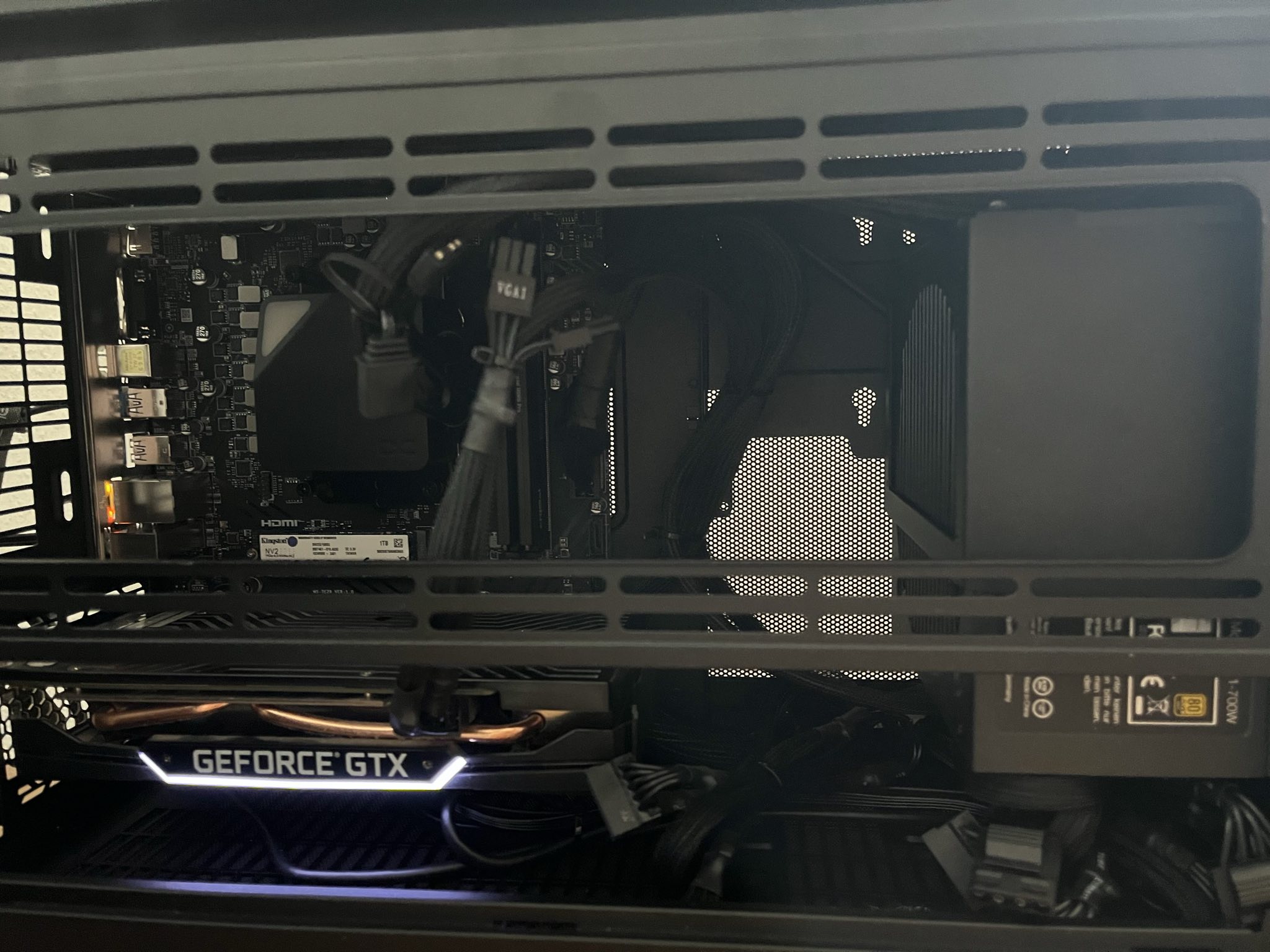When you’re building a gaming PC that combines performance, efficiency, and longevity, you need to be deliberate with each component. In my recent build, I’ve focused not only on performance but also on ensuring the rig is passively cooled – an often overlooked approach that keeps things silent without sacrificing functionality.
Let’s dive into the hardware and explore how it all comes together in a fanless system that’s built to last.
1. AMD Ryzen 5 7600X: The Heart of the System
With 6 cores and 12 threads, the AMD Ryzen 5 7600X running at 4.70 GHz is a mid-range powerhouse. Whether I’m gaming, working on productivity tasks, or even handling light workstation duties, this CPU excels thanks to its excellent single-core performance and respectable multi-threading capabilities. The decision to go with the Ryzen 5 7600X wasn’t just about performance, though—its efficient Zen 4 architecture ensures it runs cool, making it perfect for a passively cooled system.
In a fanless setup, temperature management becomes even more critical, and the 7600X’s balance between speed and thermal efficiency makes it an ideal choice for my needs.
2. Alphacool Core Ocean T38 AIO 360mm: Efficient Passive Cooling
While most gaming PCs rely on traditional fans, I’ve opted for a 360mm Alphacool Core Ocean T38 AIO to handle the cooling. The beauty of this setup is that the large radiator surface area efficiently dissipates heat, even without active airflow. Paired with the low TDP of the Ryzen 5 7600X, this AIO provides enough cooling to keep temperatures under control during intense gaming or high-performance workloads.
Choosing a passive approach means no noise, less dust buildup, and a sleeker overall design. It also requires careful planning when it comes to component placement and heat distribution, but the result is a rig that runs cool and quiet.
3. MSI Pro A2620M-E Motherboard: The Foundation
The MSI Pro A2620M-E motherboard offers everything I need for this build: reliable performance, PCIe 4.0 support, and great compatibility with the rest of the hardware. It’s a no-nonsense choice that ensures stable performance, ample connectivity, and enough headroom for future upgrades.
4. 1TB Kingston NV2 NVMe M.2: Fast Storage for Years
Storage is critical in any build, and I went for the 1TB Kingston NV2 NVMe M.2 SSD to ensure I get the fastest speeds with minimal power consumption. Its PCIe 4.0 interface and 3D NAND technology provide ultra-fast read and write speeds, ideal for loading games, large files, or multitasking-heavy workflows.
Not only does it minimize power usage, but its compact M.2 form factor also means no additional airflow is required for cooling—perfect for this fanless build.
5. be quiet! Pure Power 11 700W: Silent and Efficient Power Supply
For power, I’m using the 700W be quiet! Pure Power 11, which fits perfectly with the silent theme of this rig. It’s non-modular, but the 80+ Gold efficiency ensures minimal heat generation and power waste, a must when running a passively cooled system. Plus, be quiet! is known for its reliability and silent operation, which is crucial when building a system with no fans.
6. NVIDIA GTX 1660 SUPER: Good Performance Without Excessive Heat
The NVIDIA GTX 1660 SUPER is an excellent match for my needs. While it’s not the latest and greatest, it delivers more than enough power for modern gaming at 1080p75fps. The card also runs relatively cool, which is a big win in a passively cooled setup. This is also only the noisy part of my rig while the rest remains whisper-quiet.
7. Lian Li DAN A3-mATX: Compact Case, Sleek Design
The Lian Li DAN A3-mATX is the ideal case for this build. It’s compact, minimalist and stylish. The case’s design allows for passive cooling to work effectively, as it is optimized for airflow even without traditional fans. A minor hiccup was needing a USB2 header adapter to get the USB-C front port up and running.
8. Crucial Pro DDR5 RAM: Fast and Future-Proof
Finally, the 32GB Crucial Pro DDR5 RAM (running at 5600MHz in Dual-Channel) ensures that my rig won’t bottleneck during intensive gaming or multitasking. DDR5 is the future, and at 32GB, I have plenty of headroom for the coming years. Its low power consumption also makes it a great match for a passively cooled system, reducing heat output and ensuring efficient performance.
Conclusion: The Future of Silent Performance
This build is all about creating a balance—powerful enough for today’s gaming and work needs while remaining quiet, efficient, and cool enough to function without traditional fans. With careful component selection, such as the Ryzen 5 7600X and the Alphacool AIO, this rig is a testament to what’s possible when you push the boundaries of what’s expected in PC cooling.
By eliminating fans, I’ve created a system that’s not only silent but efficient and future-proof—ready for years of gaming and productivity without compromising on performance.


Write a comment